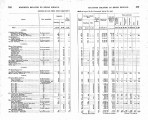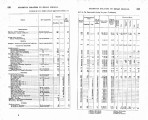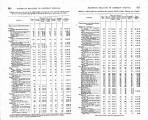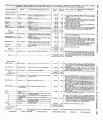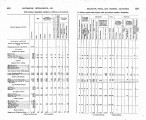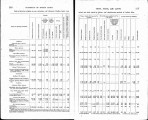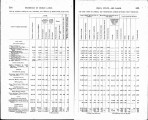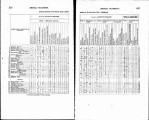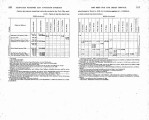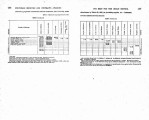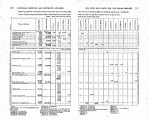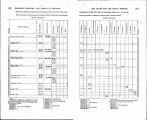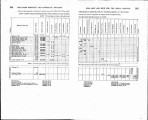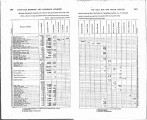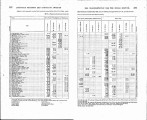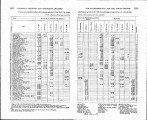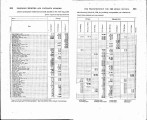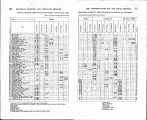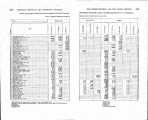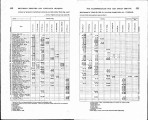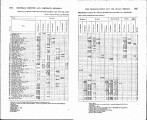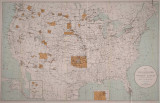| OCR Text |
Show REPORT OF THE COMMISSIONER OF INDIAN AFFAIRS. 7 he has of tradition and trmining inolndesmanythings which oivilisation itself demands andexoludes some things whioh have atteahed themselves to olvilisation in spite of its protests. It was a favorite idea of Captain Pratt, now superintendent of the Indian eohool a t Carlisle, when, in the years from 1867 to 1875, he served on the frontier with his regiment, that the Indian would work, and that the way toateach him practioally and easily was to plaoe the young people among the farmers of the Ewt. While in obnrge of the Indian prisoners in Florida from 1875 to 1878 Captain Pratt began the work, and in the two years suooeeding he helped General Armstrong organize the nlsoine-out svstem a t the Eamnton school, seouriu-e -p laces for some of the pupils in western ~a s s i chns e t t sin the summer of 1878. Hempton continues the syateti, and has incresasd the number sent out. Last year it was about fifty. At Csslisle, how-ever, the plan is more extensively followed. From that sclool sixteen were sent out ' in the summer of 1880, and, including that party, there have now beer ''outings," varyingin length from a few weeks to 5 year or more, for 1,288 boys and 502 girls, oounting in these fignres the repetitions of those out more than once. This summer there were out a% the .bedinning of July 245 boys and 107 girls, say, in round numbers 350. This is double the averaee of the ten a. e ars., and shows how favorably the system is regarded by the three parties ooncerned-the Indians themselves, the white families who emD- lO-S them, and the authorities a t Carliale. The steadyin-oreese of the number put out comes about nat,nrdly. The pupils desire to go. "Dor-ing the latter part of winter, and through spriny and summer, until they are sent out," ssp a competent authority on the subjeot. "Captain Pratt is daily beaought by tho pupils to give them a ohanoe to go out this year. The opportunity to earn their own way is popular." Laat yeer the number sent out was 215 boy8 sud 101 girls, En that this vear show8 the usual e.. r owth. Theso yoaog Iv~diaual mvc bpon plaoed in sll riro ruunries of ~outll~aaterPllo nnnyl. vania, and iootbursof tI~$,intorior-Cnmhurland, Colnnrbin, Lozarn',, .Iuniat~. Some have gone to New Jersey and Maryland, a few to Ohio and Mssaachusetts. A larger part of the boys, however, have been placed with the farmers of Buoks County, and many of the girls in Montgomery, Chester, md Delaware. (The two sexes are not sent to the seme neighborhood, nor is it nanal to plaoe two of the aame tribe in one family.) It is a oommon thing, therefore, to see, at this time, Indisn lads and Indian yoang men at work in the fields of Bucks Conn~y, and to find Indisn girls oooking and waiting on table in farm-housea of the oounties adjoining. Here are the Aborig-inal people returned I Here are Cheyennes, whose fathers of the ssme Algonquin blood as onr tribes of the Delaware, kept faith with them centuries ago, and spesk-ing a related dialeat of the one isognsge, held the same traditions and the aame sn-tipathies. Bot here, too, are a soore of other trxhes represented, In the family.af the writer there have been, in three v.e ers,. a-i rla from the Cheyennes. Oneidas, Pueh-las, and Pawnees. In i~eigi,boringfa milin8 h em bwn utl,cna from the Wionabsgoee, Apaahe~s, ud Kiowas. +od the liat buyund theso i~nighhorhoodeaampleaia oatenaive. I recently spent several days with Captain Pratt visiting the pnpila . from Carlisle Industrial School now scattered among the Pennsylvania farmers, and can fully indorse what Mr. Jenkins says above. The system admits of large expansion and will be productive of the happiest results. These young Indians me brought into the most vital relationship with the highest type of American mrallitk. They acquire habits of neatness, industry, thrift, and self-reliance. They acquire a good working knowledge of English, and a practical acquaintance with all kinds of domestic and farm work. They associate with the farmer's children, eat at the same table, attend the same church and Snsday-school, and four months of each year attend the ciame day school. A |









































































































































